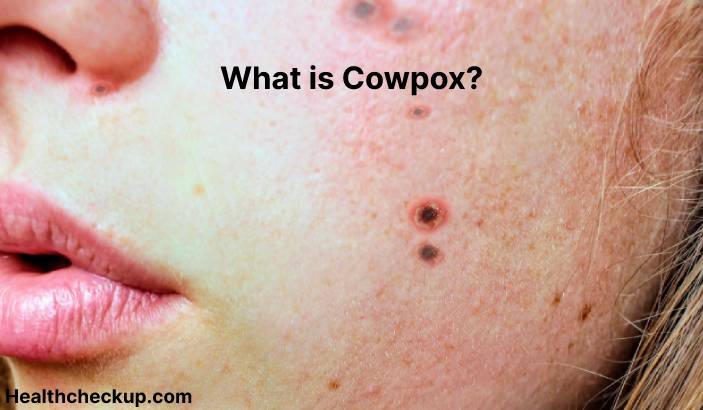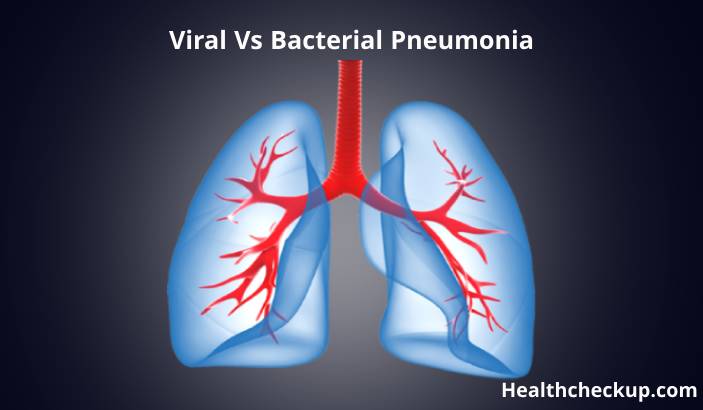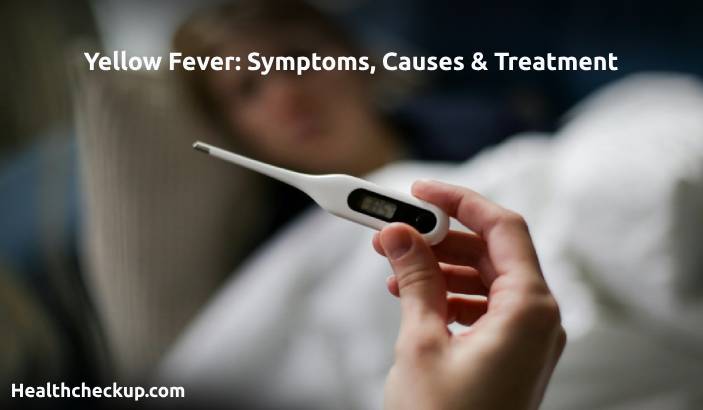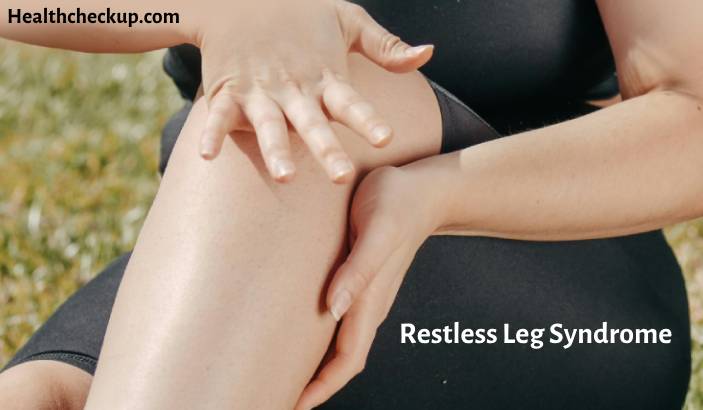Cowpox is a viral infection that primarily affects cows, but can also be transmitted to humans through contact with infected animals or contaminated objects. The virus that causes cowpox is in the same family as the smallpox virus, but cowpox is generally less severe and is not as easily transmitted from person to person.
Symptoms of cowpox in cows
In cows, cowpox can cause a variety of symptoms, including:
- Sores or lesions on the udder, teats, or muzzle
- Swelling and inflammation of the affected areas
- Fever
- Decreased milk production
- Loss of appetite
Symptoms of cowpox in humans
In humans, cowpox can cause symptoms similar to those of smallpox, such as:
- Rash or blister-like lesions on the skin
- Fever
- Headache
- Fatigue
- Swelling and redness around the affected area
Diagnosis of cowpox
Cowpox is typically diagnosed based on the presence of characteristic symptoms, such as skin lesions, and a history of contact with infected cows or contaminated objects. Laboratory testing is also be used to confirm the diagnosis.
Treatment of cowpox
There is no specific treatment for cowpox. Treatment is typically supportive and include measures to manage symptoms, such as medications to reduce fever and pain.
Prevention of cowpox
There are several steps that can help to prevent the spread of cowpox, including:
- Avoiding contact with infected cows: This includes avoiding handling or milk from infected cows, as well as avoiding contact with their bodily fluids.
- Washing hands: Washing hands with soap and water after handling cows or objects that have come into contact with cows can help to reduce the risk of infection.
- Wearing protective clothing: Wearing gloves, masks, and other protective clothing when working with cows can help to reduce the risk of infection.









